PITTSTON — Jeff Lizzotte, of Winslow, remembers hauling in buckets of smelts with his father as a child 40 years ago. On Sunday, he and his fishing partner, Chris Begin, left with enough to split between their lunchboxes.
The morning started well at Baker’s Smelt Camps on the Kennebec River in Pittston with approximately 60 fish biting in about three hours. But that’s about all they had after three more hours of fishing.
“It’s hit or miss,” Lizzotte said. “You hit it early and you may a have dry spell.”
“That’d be now,” Begin, of Farmington, chimed in.
The population of the small fish, which rush inland from their primary saltwater habitats in the winter to mate in freshwater tributaries in the early spring, has declined over the past two decades across the Northeast, according to the National Oceanic and Atmospheric Administration, which named the fish a species of concern in 2004.
But it has bounced back somewhat on the Kennebec River in 2015 compared to last year, the worst smelt season ever recorded in Maine. Things may not be so good in 2016, because of fluctuating year-to-year populations that have been measured since 2009, the year the Maine Department of Marine Resources restarted its annual smelt catch census.
After 600 measured hours of fishing on the river this year, the state has recorded 438 smelts caught, or one per line every 79 minutes. If that holds, it would be the best rate since 2009. In a bad 2014, a smelt bit, on average, just once every 32 hours that a line was in the river.
This year’s numbers, however, seem more optimistic than the reports of local camp operators, who don’t have much to say about this year’s catch. The most common refrain is that while it may be at or below average, it’s merely “better than last year.”
“It hasn’t been average compared to other years,” said Mike Baker, proprietor of the Pittston camps, “but it’s better than last year.”
Still, camps at Baker’s are being steadily booked. It’s a similar situation on the Cathance River in Bowdoinham, where Jim McPherson said the haul at his camps is below average. Although “it wouldn’t have to be much of a reversal to be better than last year,” he said it’s welcome news.
But last year’s catch is a reason to be pessimistic about 2016, said Claire Enterline, the lead smelt biologist for the Department of Marine Resources. Maine’s smelt population has waned in even years and waxed in odd years since 2009. Enterline said healthy populations like the one seen early this year tend to have high numbers of smelt that are 2 years old when the fish often mate. However, she said many of those fish aren’t surviving until age 3, in part because of runoff pollution in certain freshwater breeding grounds.
This year, she said biologists are seeing low numbers of juvenile smelts. So in 2017 the progeny of this year’s population will reach maturity and the catch could be decent. But in 2016, Maine’s smelters will likely have to rely on the spawn of last year’s dismal catch.
“We’re expecting the pattern to continue,” Enterline said.
But now things are OK at Sonny Newton’s camp in Dresden on the Kennebec, where he said fishermen are hauling in “enough to keep people happy” — often between 30 and 80 fish in a three- or four-hour timespan.
“Right now, it’s looking good, but talk to me at the end of the season and I might say something different,” Newton said.
The catch wasn’t ideal for Lizzotte and Begin, but it was far from a lost day. They got to catch up on fishing stories, and Lizzotte said he hauled in more than enough for “a good feed,” and that was enough for him.
“Oh, I love them,” he said of the fish, which he prefers pan-fried with butter and flour. “They are delicious.”
Michael Shepherd — 370-7652
Twitter: @mikeshepherdme
Send questions/comments to the editors.

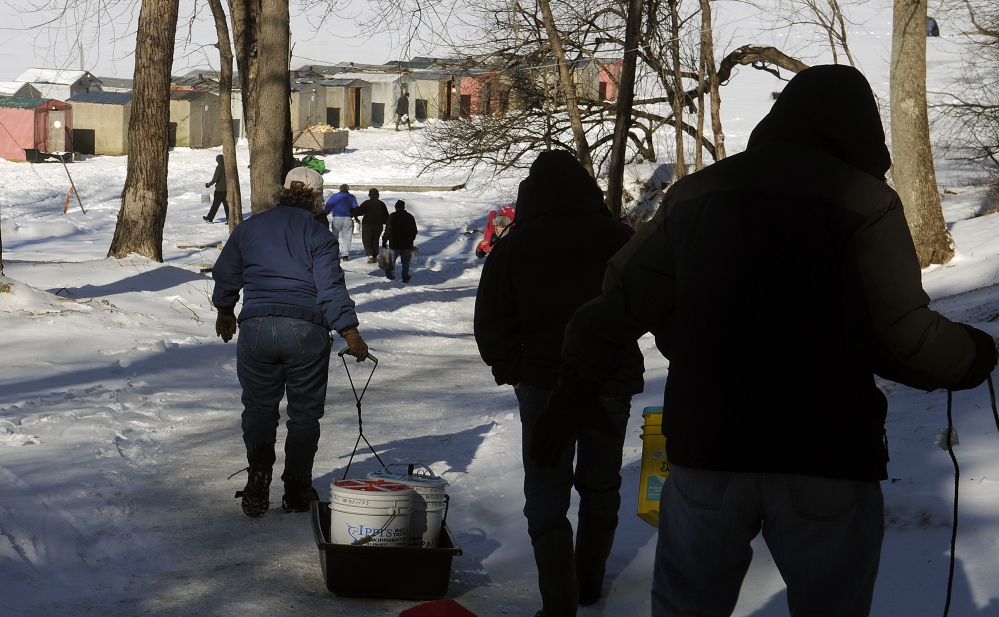
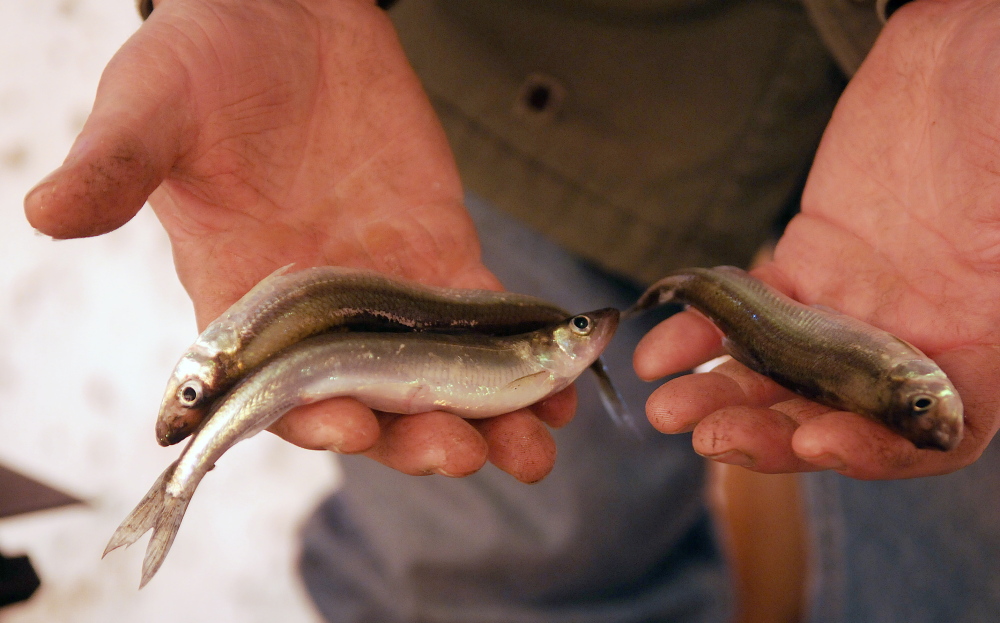
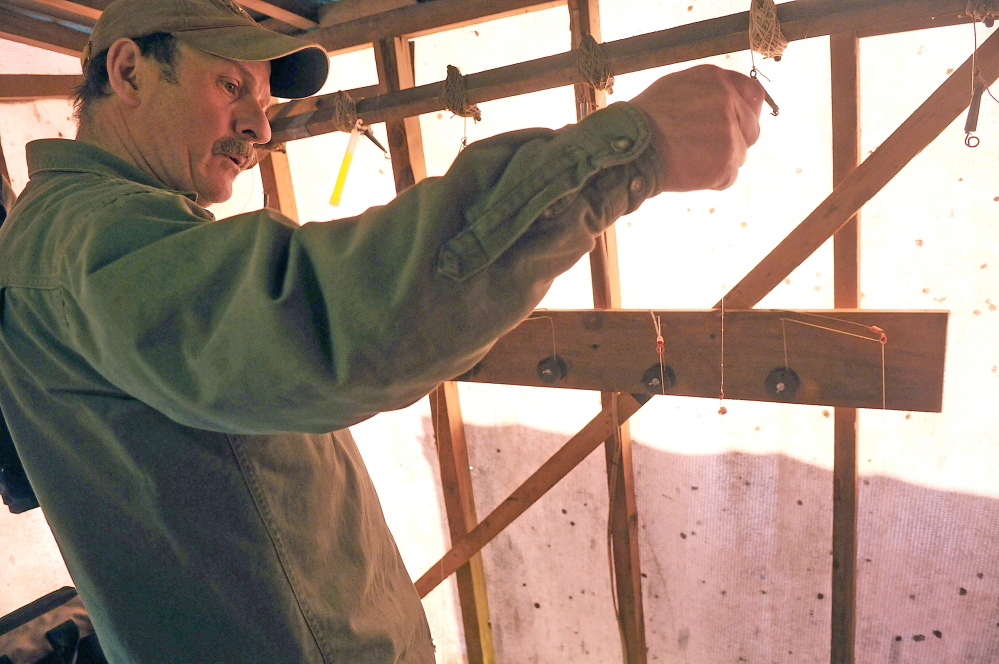
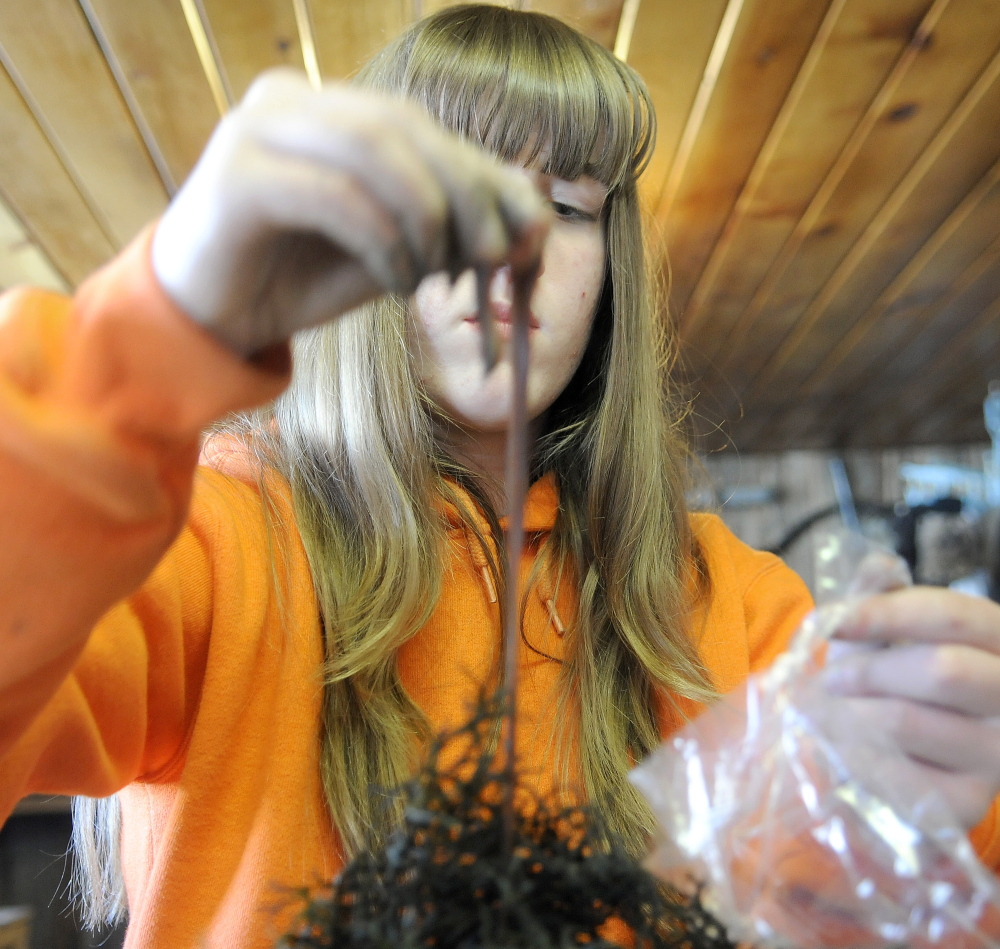

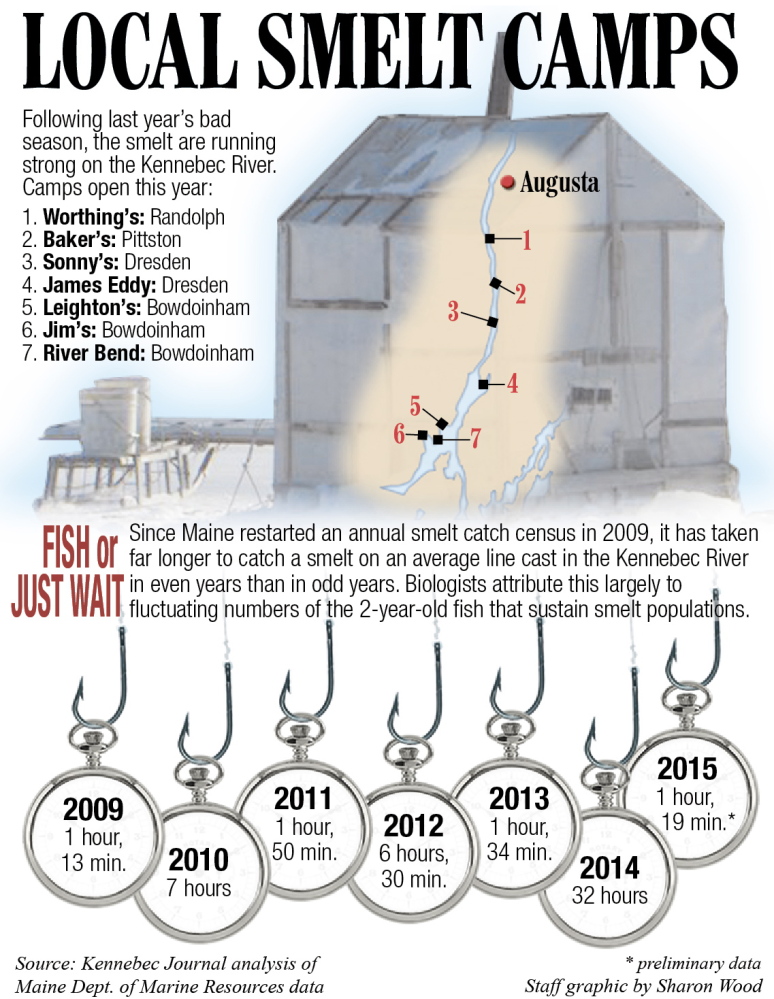

Comments are no longer available on this story